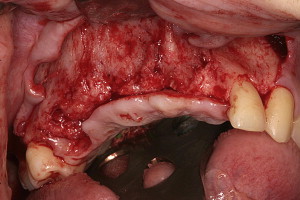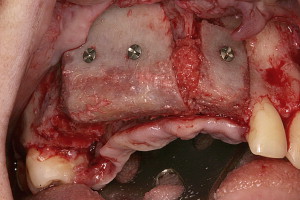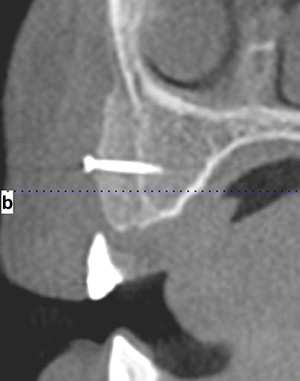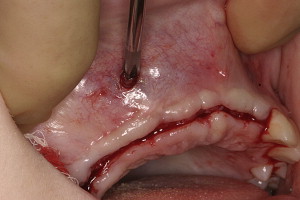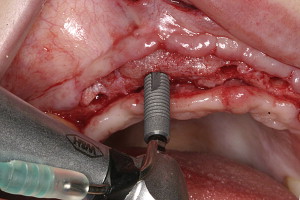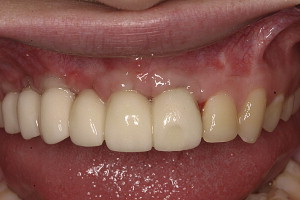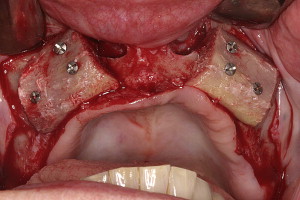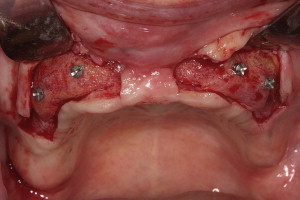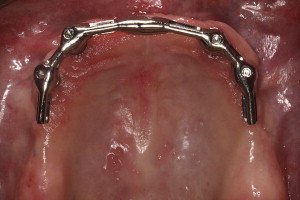Reconstruction of the atrophic maxilla for dental implant placement has many unique considerations. There are several methods available to augment the atrophic maxilla. Of these, autogenous bone grafting offers a well-proven predictable method for ridge augmentation and defect repair for dental implant placement. There are several advantages of using autogenous bone grafts. This article primarily focuses on the use of autogenous onlay bone grafts to reconstruct the atrophic maxilla.
Reconstruction of the atrophic maxilla for dental implant placement has many unique considerations ( Figs. 1–20 ). After tooth extraction, the greatest loss of bone in the maxilla occurs facially. Horizontal bone resorption can approach 50% of the ridge width at 12 months. The use of a soft tissue borne–prosthesis causes continued medial resorption and loss of vertical bone height. As a result, the atrophic residual ridge may be significantly palatal to the prosthetic tooth position. Efforts to reconstruct the atrophic maxilla to its original form usually require buccal bone augmentation. The surgeon must also contend with the maxillary sinuses and nasal cavity as anatomic limitations that may need bone grafting. The maxillary bone is often less dense than the mandible, especially in the posterior regions below the sinuses. Aesthetic zone reconstruction in the partially edentulous anterior maxilla can be especially challenging when a high lip line exposes gingiva.


